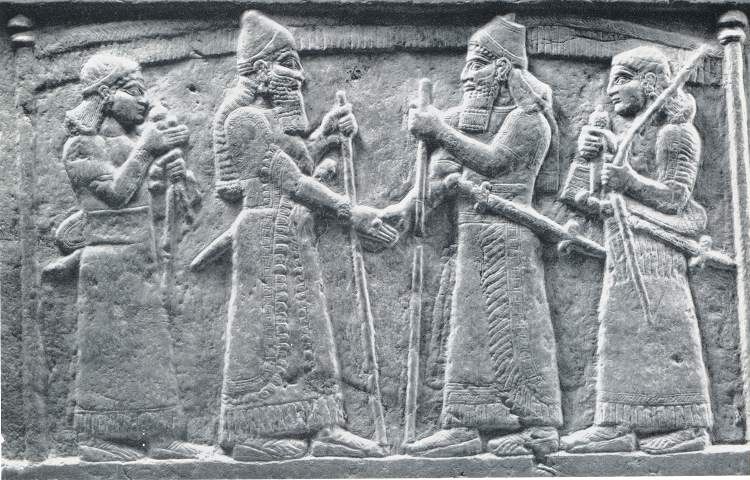
Representation of exchanges between commoners or people of the Fertile Crescent
The Mesopotamians exploited the territory of the Fertile Crescent in particular through agriculture. The land fertilised by the Tigris River and Euphrates River even enabled them to produce surplus food. This surplus food was exchanged for other products. There were more and more exchanges between peasants, merchants, artisans and administrators. Traders began to use drawings to keep track of these transactions and organise them more effectively. This was the birth of writing. Writing developed throughout the Mesopotamian civilization and is still an essential means of communication today.
Initially used for commercial purposes, writing became essential to meet various needs in the religious, administrative, scientific and other fields.
The media on which writing was produced changed considerably over the years. Papyrus and parchment replaced clay tablets. These new media made it easier to trace symbols and improve understanding of the message being conveyed.
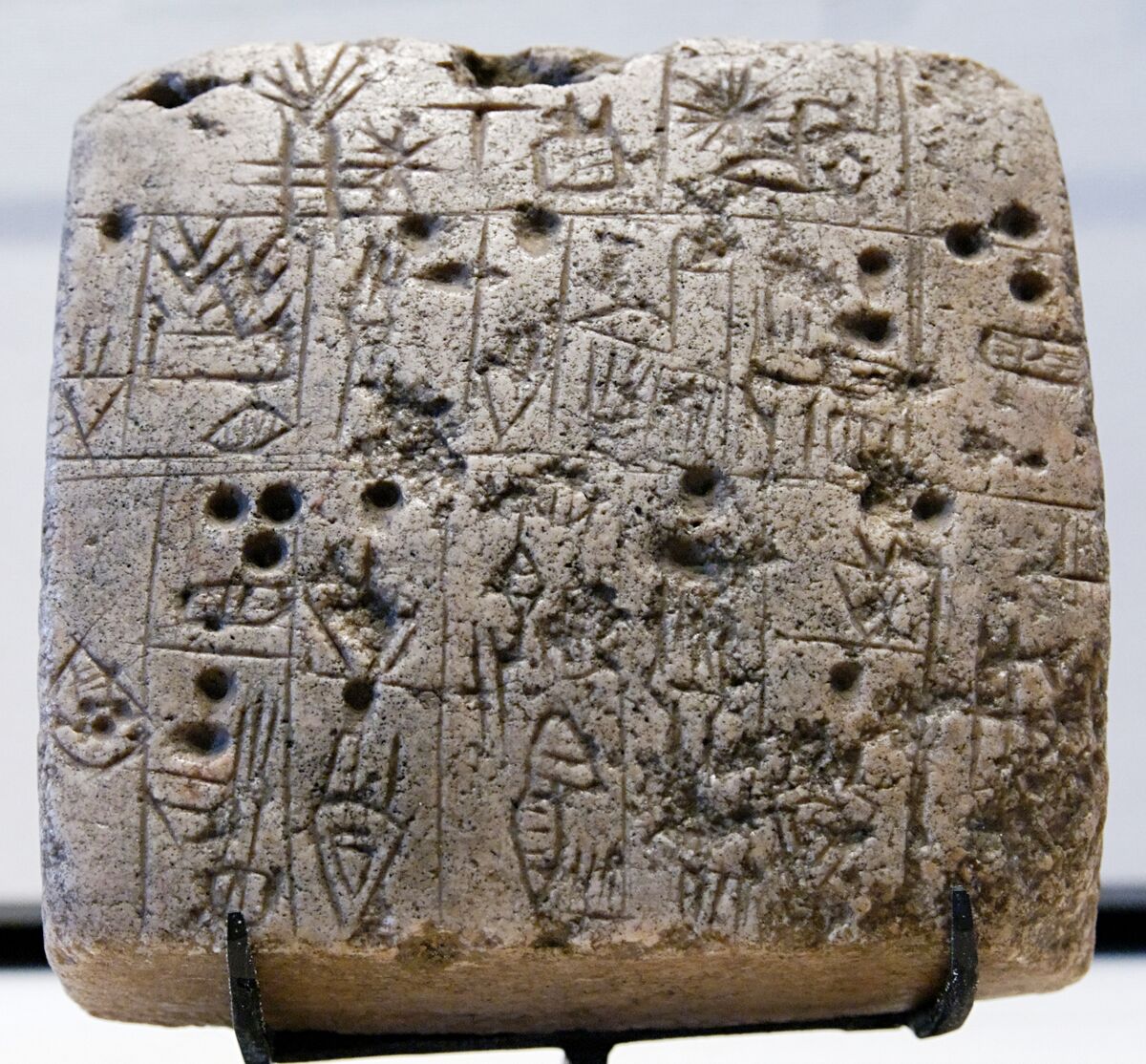
Clay tablet
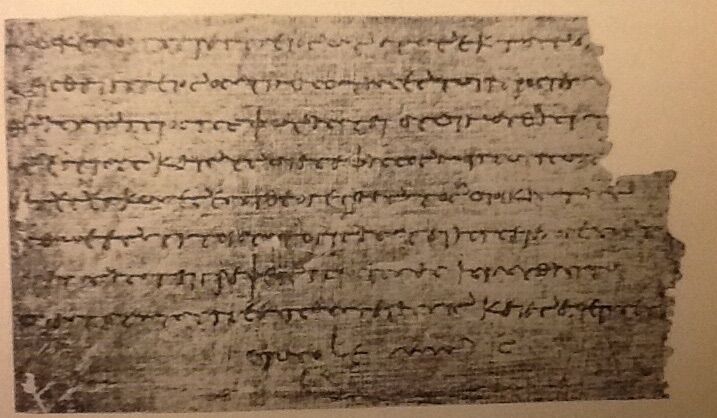
Papyrus
Cuneiform was the first form of writing invented by the Mesopotamians. The first traces of this method of communication date back to around 3,300 BC. Initially, writing consisted of drawing objects, animals and people on damp clay tablets, which were then left to dry to preserve their message. These drawings engraved in the clay are known as pictograms. To mark the clay, the Mesopotamians used a triangular-tipped reed called a stylus. The sculpted marks were initially drawings, but were gradually replaced by symbols in the shape of wedges or nails.
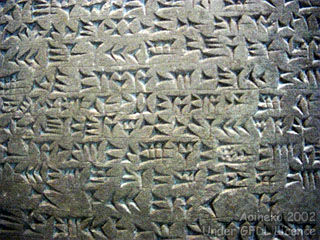
Cuneiform writing
Reading and writing cuneiform writing is no easy task. You need to know and be able to use hundreds of different symbols.
The Latin word cuneiform means ‘wedge-shaped’.
Mesopotamian cuneiform writing evolved considerably over the years. At first it was pictographic, then ideographic and finally phonetic.
Pictographic Writing
Pictographic writing is a writing system made up of small images representing something concrete. These are very simple drawings that symbolise objects, animals or people.
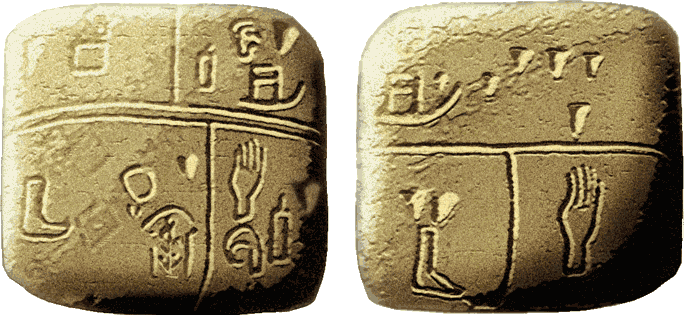
Mesopotamian pictograms
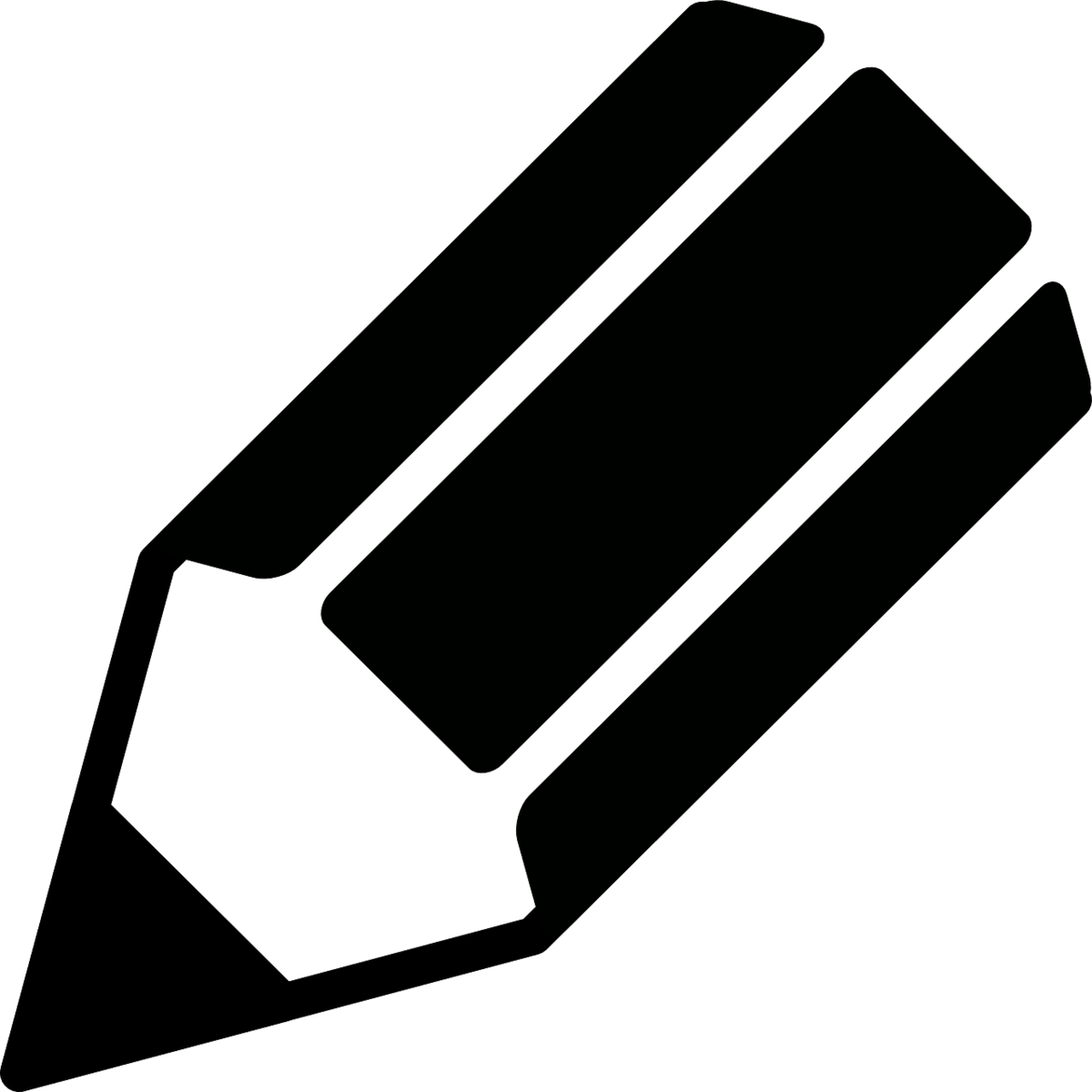
Pictogram representing a pencil
Initially, Mesopotamian cuneiform writing was pictographic, meaning that each symbol was associated with an image representing what it was intended to say. In short, if you wanted to represent an animal, the recipient of the message would carve a drawing of that animal. Little by little, the symbols became more complex and more numerous.
The Mesopotamians could draw a human head accompanied by a bowl to represent the action of eating.
Ideographic writing
Ideographic writing is a writing system that represents a word or an idea. It is made up of ideograms, each representing a specific word or idea.
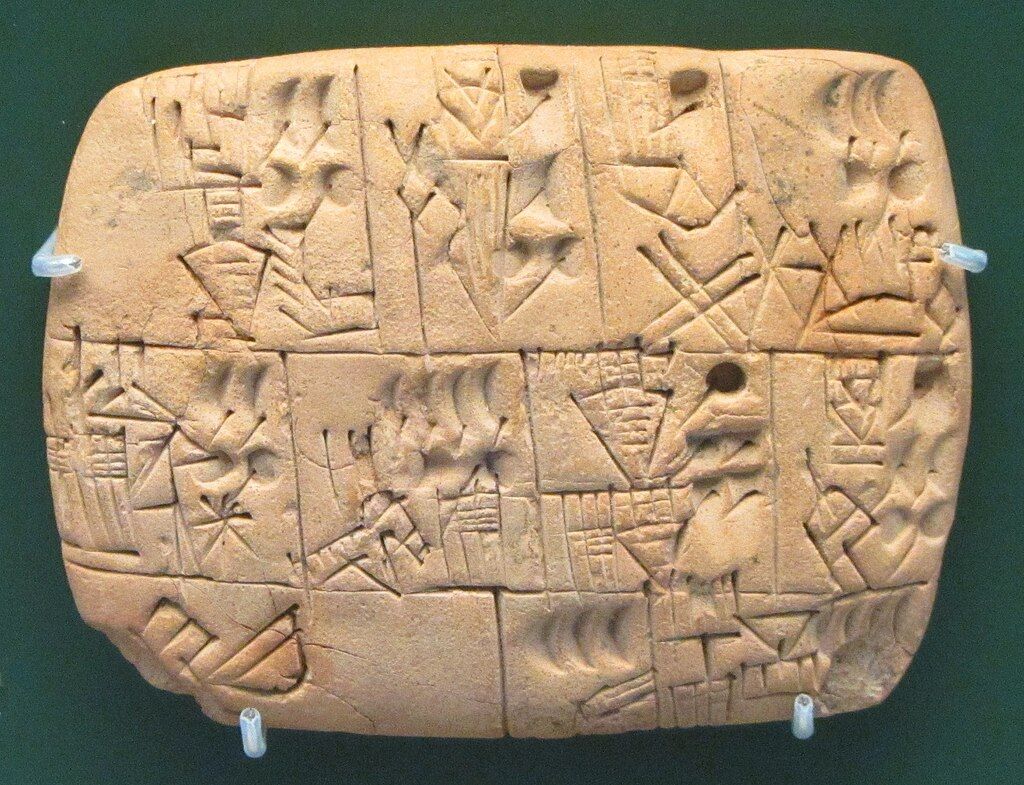
Tablet with cuneiform ideograms
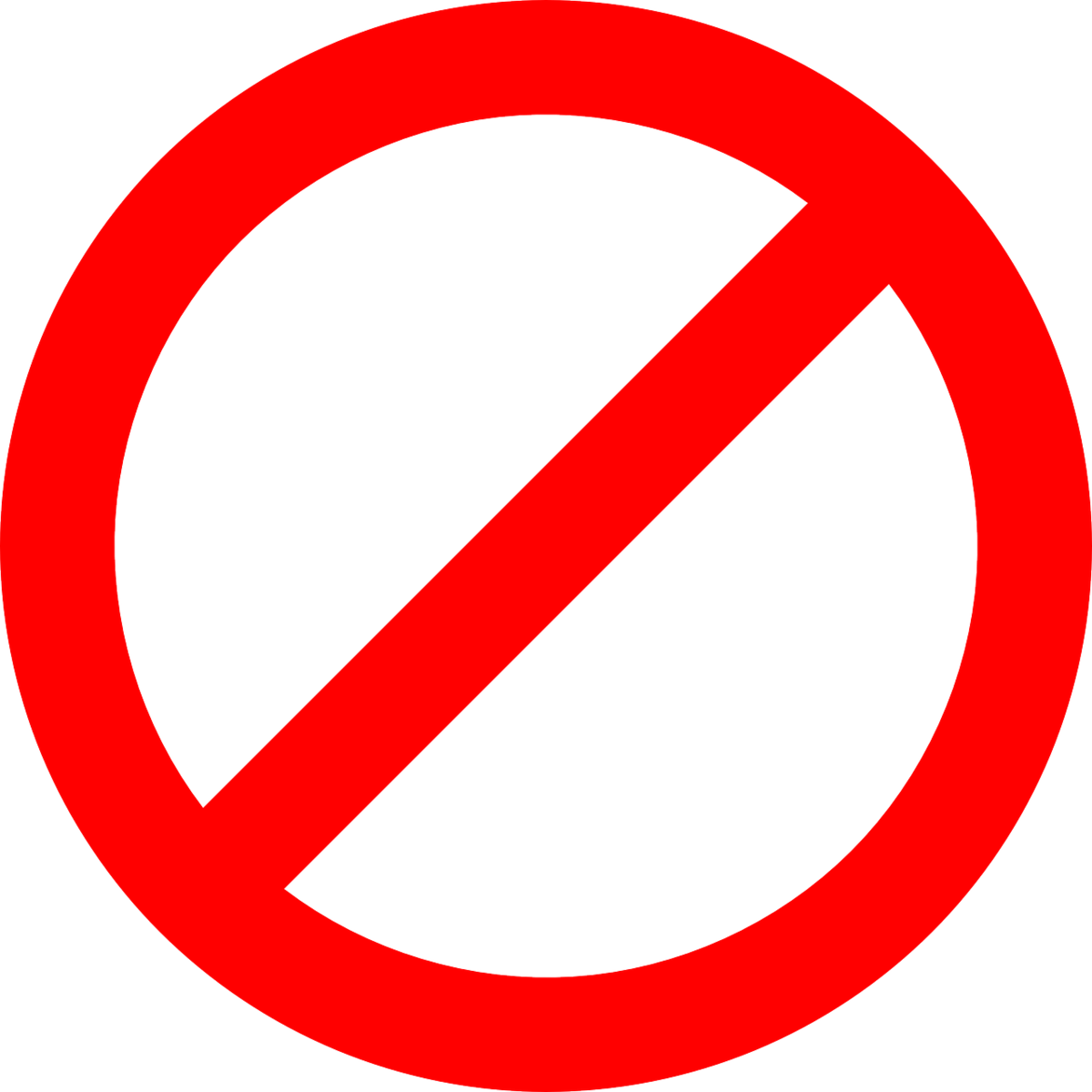
Ideogram representing prohibition
From pictographic writing representing an image, the Mesopotamians moved on to ideographic writing illustrating words. At this stage in the evolution of writing, the symbols used were associated with words and ideas. The signs sculpted in clay were larger and more pictorial than in phonetic cuneiform writing.
Phonetic writing
Phonetic writing is a writing system made up of images representing sounds, generally syllables.
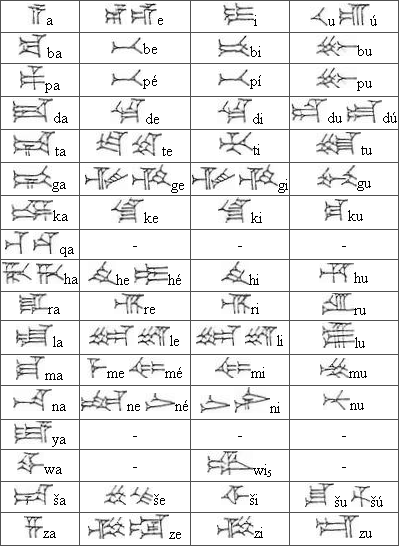
Phonetic symbols of cuneiform writing
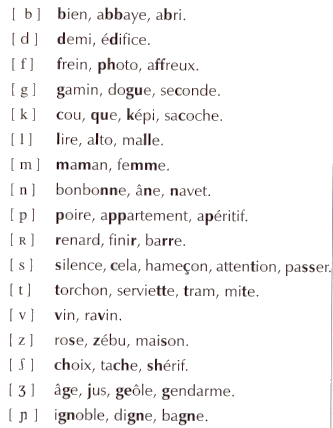
The 17 consonants of the French phonetic language.
Little by little, cuneiform writing changed from ideographic to phonetic. Symbols representing objects, animals or characters were now associated with sounds. This transformation made it possible to express more complex ideas and reduce the number of symbols in cuneiform writing.
The first alphabet was created in 1400 BC. Instead of representing images, words or sounds, the symbols used were now letters that could be used to write words. The first alphabet consisted of 30 characters, all of them consonants. Later, the number of signs was reduced and a few vowels were added. The alphabet we use today was considerably modified by the Greeks, but it still comes from the one developed by the inhabitants of the Fertile Crescent in the 2nd millennium BC.

Phoenician alphabet with its equivalent in a modern alphabet
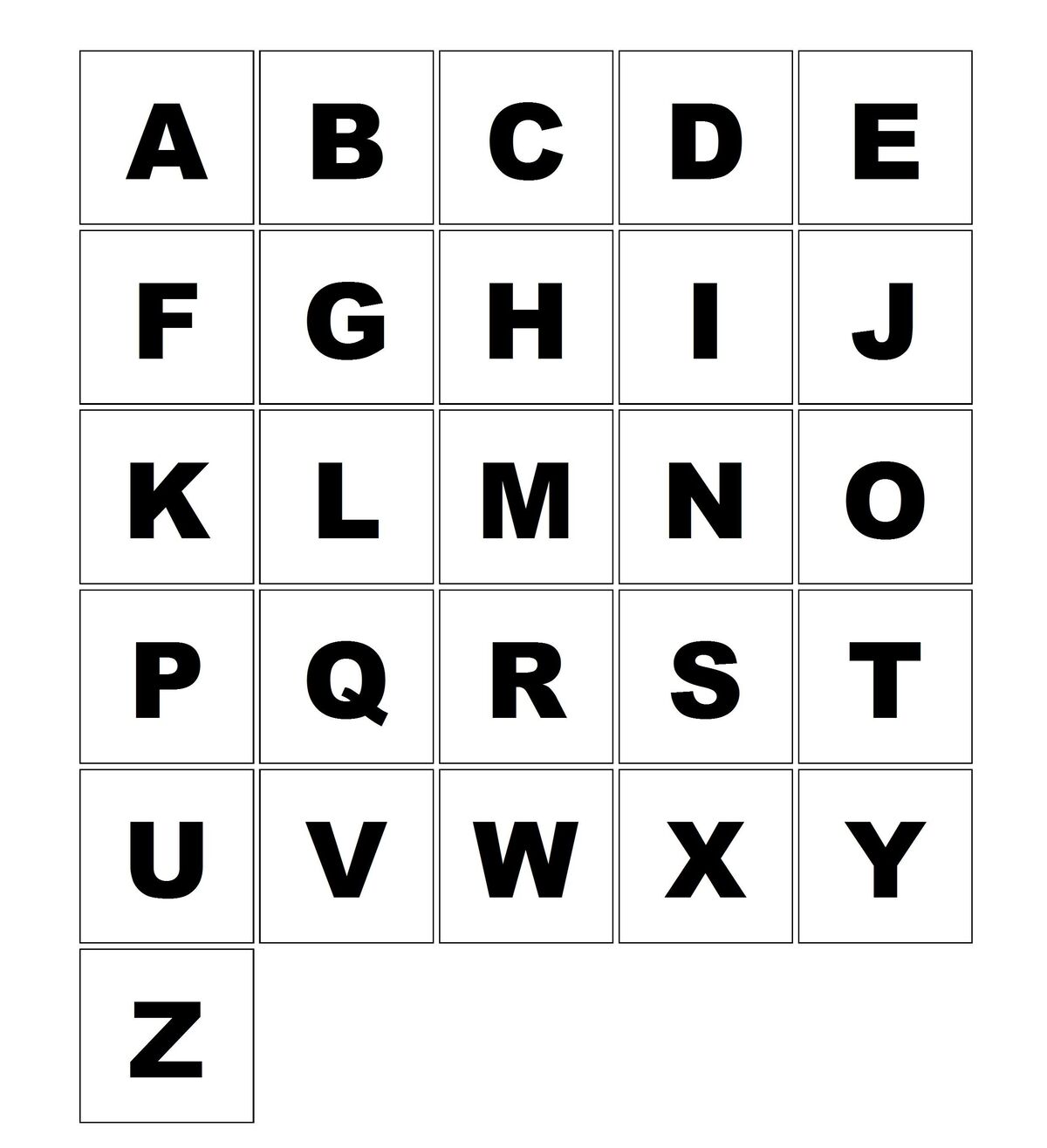
Current alphabet
Alphabet used today in North America.